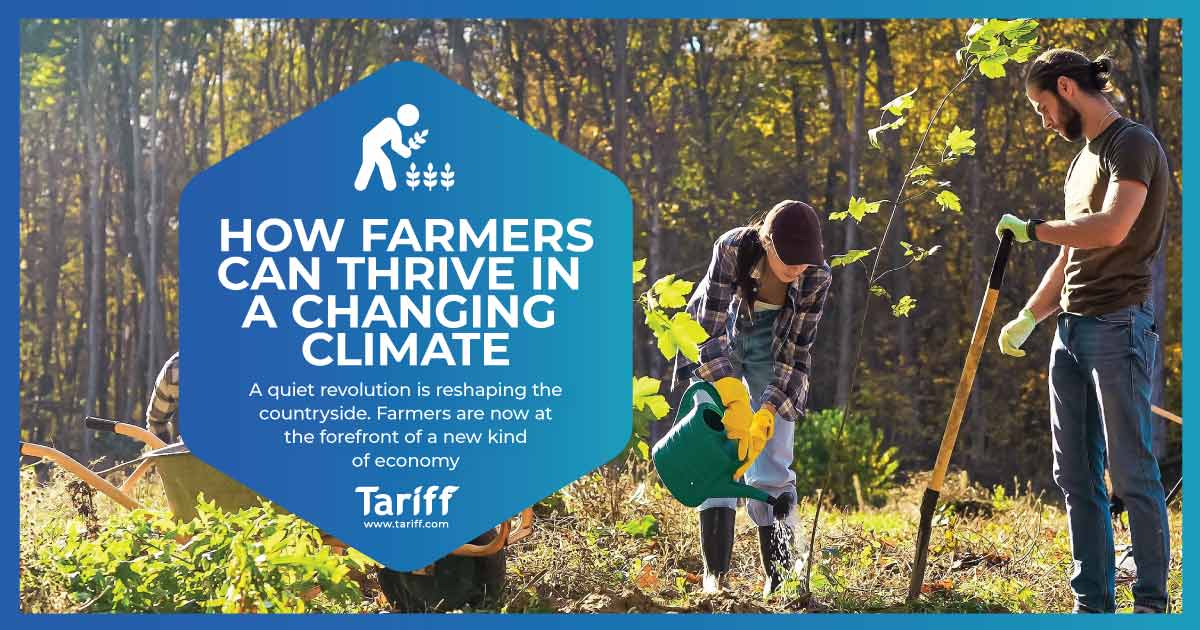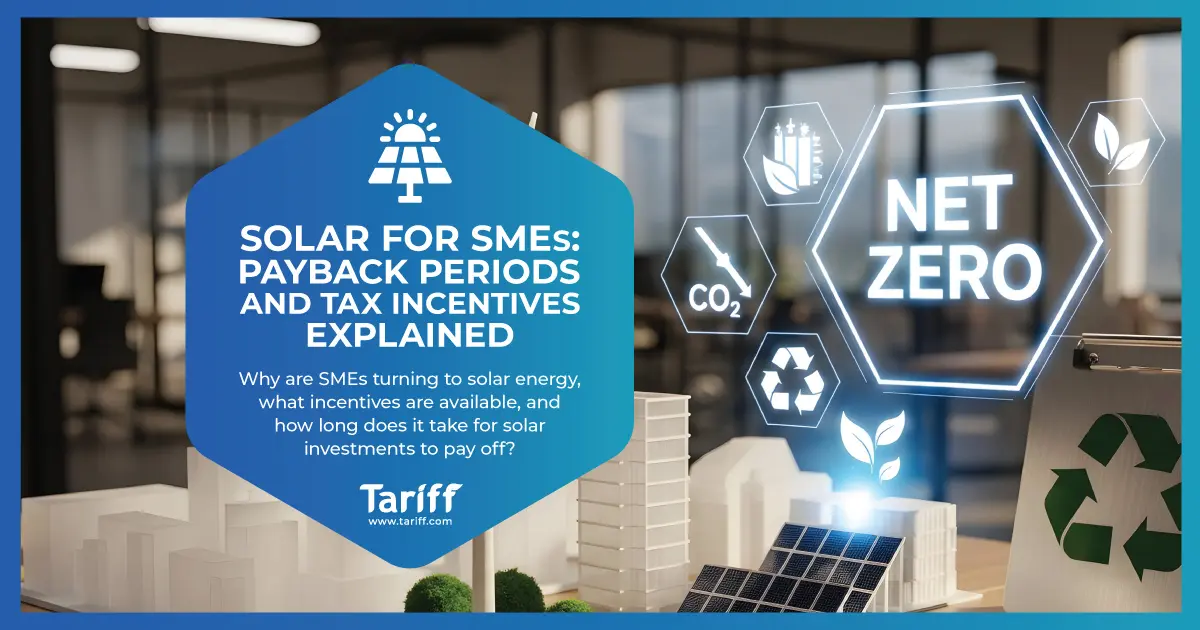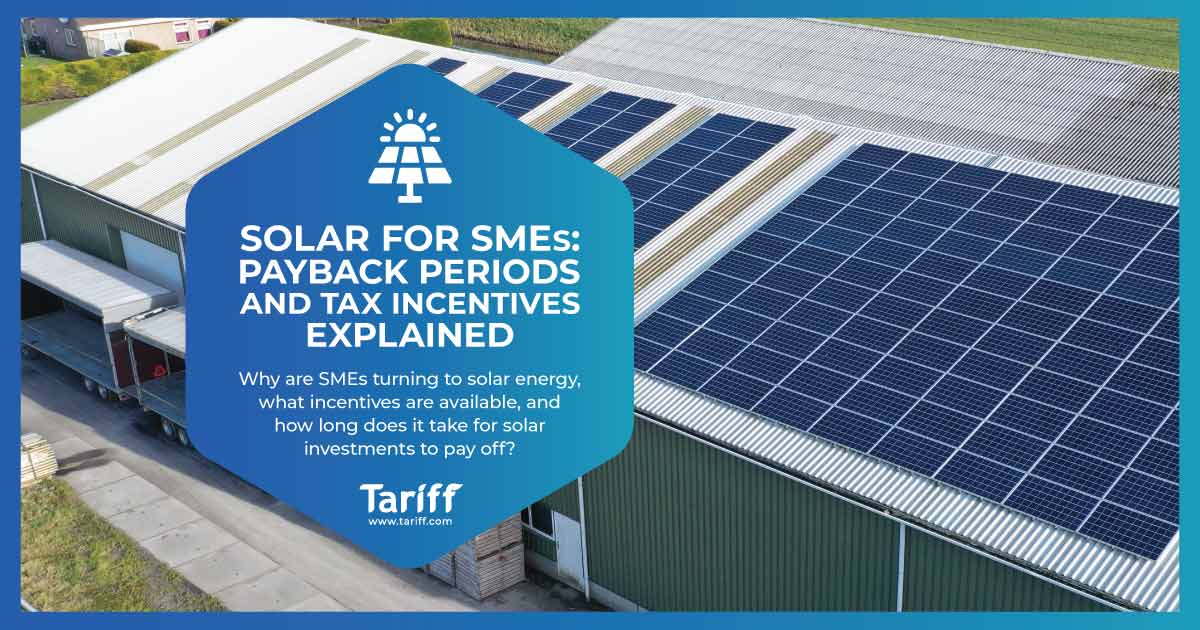What Is the Nature Market?
As the UK accelerates its push toward net zero and environmental sustainability, a new kind of economy is rapidly gaining momentum: the nature market. Driven by the urgent need to combat biodiversity loss and climate change, the nature market is an innovative system where landowners, businesses, and governments trade in environmental services like carbon sequestration, habitat restoration, and biodiversity enhancement.
But what is the nature market exactly, and how are UK landowners making money from it? In simple terms, it’s a marketplace where natural assets, such as forests, peatlands, meadows, and wetlands, are quantified and turned into tradable units. These units can include carbon credits, biodiversity credits, BNG units, and more, forming the foundation of the modern UK nature economy. Through smart land management and by tapping into emerging schemes like the Woodland Carbon Code, British landowners are beginning to cash in on the value of natural capital and create long-term revenue streams through carbon banks and carbon farming.
This article explores how the nature market works, how landowners are participating, and how these strategies are redefining the economic potential of the UK countryside.
Understanding the Nature Market
At its core, the nature market is built on the principle that ecosystems provide measurable services that can be valued economically. Trees absorb carbon dioxide, wetlands filter water and reduce flood risk, and biodiverse habitats support pollination and soil health. These services are collectively referred to as natural capital, and in the UK, they are increasingly being seen not just as environmental assets, but as financial ones too.
Under this system, landowners can register and verify the carbon their land sequesters, or the biodiversity it supports, and then sell these values as environmental credits. These credits are purchased by developers needing to meet Biodiversity Net Gain (BNG) regulations, corporations looking to offset emissions, or investors aiming to support sustainable land use. By transforming traditional agricultural or marginal land into ecological assets, landowners can access new income streams while enhancing environmental outcomes.
If you’re wondering what is the nature market, it’s essentially a monetised framework for environmental stewardship, where land use becomes a commodity tied directly to global sustainability goals. This model represents a critical part of the transition to a greener, more sustainable economy, especially in the UK, where land plays a central role in climate and biodiversity strategy.
How UK Landowners Are Monetising Natural Capital
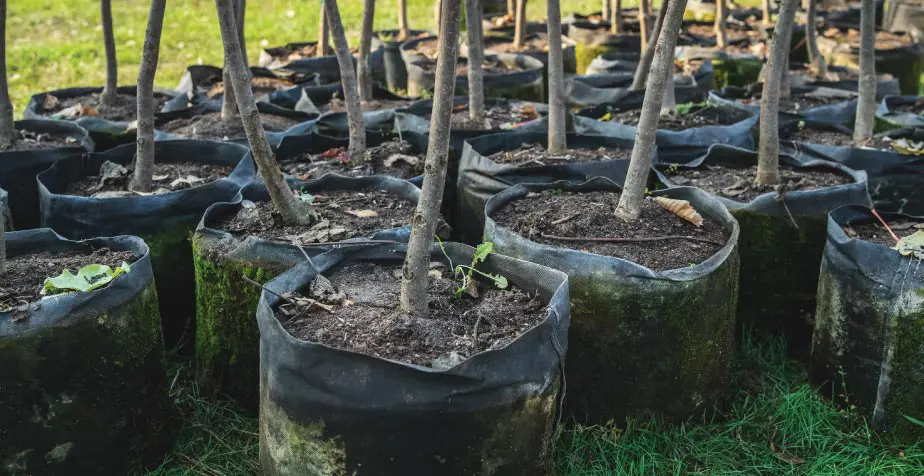
Across England, Scotland, Wales and Northern Ireland, rural estates, farmers, and woodland managers are now actively engaging with carbon banks, carbon farming, and biodiversity offsetting schemes. These efforts are underpinned by growing demand from both the public and private sectors, and supported by national initiatives like the UK Government’s Environmental Land Management Schemes (ELMS).
One of the most prominent opportunities lies in generating and selling carbon credits. These credits represent one tonne of CO₂ either removed from the atmosphere or avoided through verified land management practices. Landowners can generate these credits by creating or restoring woodlands, rewetting peatlands, or adopting regenerative agricultural methods. Through accredited schemes like the Woodland Carbon Code, these credits become verified assets, tradable on voluntary carbon markets or used for corporate carbon neutrality pledges.
Additionally, the rise of BNG units is opening new doors. Under UK planning laws introduced in the Environment Act 2021, all new developments in England must achieve at least 10% net gain in biodiversity. If a developer cannot deliver this on-site, they must purchase off-site biodiversity credits from landowners who can deliver ecological improvements. This is where farmers and estate owners can step in, by enhancing or restoring habitats, they can generate biodiversity credits and sell them to developers, often at premium prices.
Carbon Banks: Storing and Trading the UK’s Green Wealth
A pivotal concept within the natural capital UK market is the creation of carbon banks. These are systems or registries where verified carbon credits are stored, bundled, and sold. Think of them as environmental financial institutions, repositories of ecological value that allow credits to be issued, tracked, and exchanged. The idea is to create a liquid and transparent market for nature-based carbon solutions.
For UK landowners, carbon banks provide both flexibility and control. Once a land-based project has been verified, landowners can choose to store credits in a carbon bank until the market price is favourable or sell them immediately to corporations seeking high-integrity offsets. Platforms like the UK Woodland Carbon Registry offer transparent tracking of such credits and are increasingly used by both investors and NGOs.
Biodiversity and BNG Units
While carbon credits are a core feature of the UK nature market, there is rising interest in BNG credits and biodiversity units, particularly among landowners located near urban growth zones. These units represent a gain in habitat value, calculated using Natural England’s biodiversity metric. When developers fail to deliver this gain on-site, they turn to landowners who have pre-approved or registered biodiversity enhancement schemes.
To participate in this market, landowners must restore or create priority habitats like species-rich grassland, wetlands, or ancient woodland buffers. Once approved, these schemes allow the issuance of BNG credits, which can be sold directly or through government-supported exchanges.
The value of these credits depends on proximity to the development, habitat type, and scale. Some BNG units in high-demand locations can sell for tens of thousands of pounds per hectare. This makes BNG an attractive route for those with marginal land, former arable plots, or flood-prone pasture.
Find out how Tariff.com helps landowners access this opportunity through our dedicated BNG strategies page.
Why the Nature Market Matters for the UK’s Future
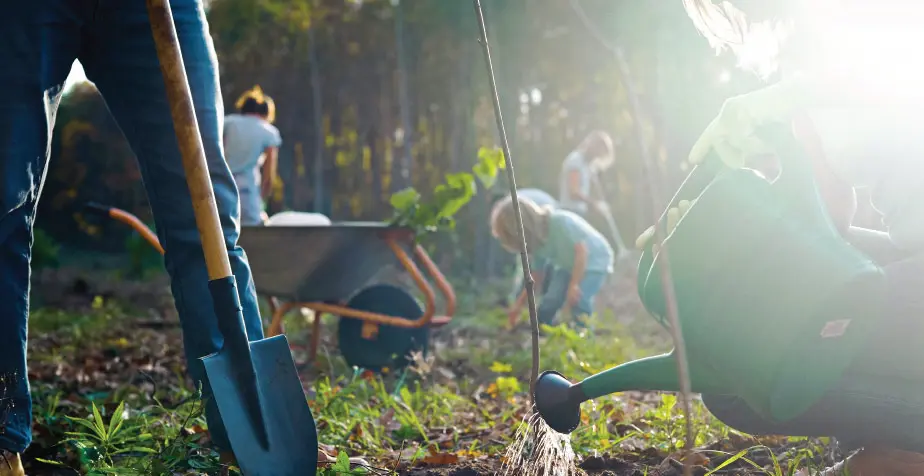
The UK nature economy is not just a passing trend, it’s a fundamental rethinking of how we value and use land. As climate regulations tighten and nature restoration targets become legally binding, the demand for high-integrity environmental credits will only grow. Financial institutions, insurers, food producers, and developers are now actively buying natural capital UK assets to future-proof operations, fulfil CSR obligations, and meet net-zero commitments.
By investing in carbon farming, biodiversity schemes, and nature-based solutions, UK landowners are playing a vital role in the country’s ecological and economic transition. They are also accessing new revenue streams at a time when traditional agriculture faces mounting uncertainty.
Crucially, tools like Tariff.com provide landowners with the expert support needed to navigate this complex but rewarding space. From feasibility assessments to scheme matching, credit trading, and aftercare, we ensure your natural capital is unlocked and your environmental impact is maximised.
Join the Nature Market with Tariff.com
Tariff.com is actively involved in various registered projects. We have a strong presence and projects in the Bristol region, where we collaborate closely with local stakeholders.
However, our operational scope is UK-wide. We partner with carefully selected landowners, and local authorities across the country. This ensures that all BNG units sourced via Tariff.com are not only registered and compliant but also represent genuine, high-quality environmental enhancements, delivering the biodiversity uplift your project requires.
To learn more about how you can benefit from UK landowner credits, build carbon banks, or explore BNG opportunities, contact our energy experts today.
